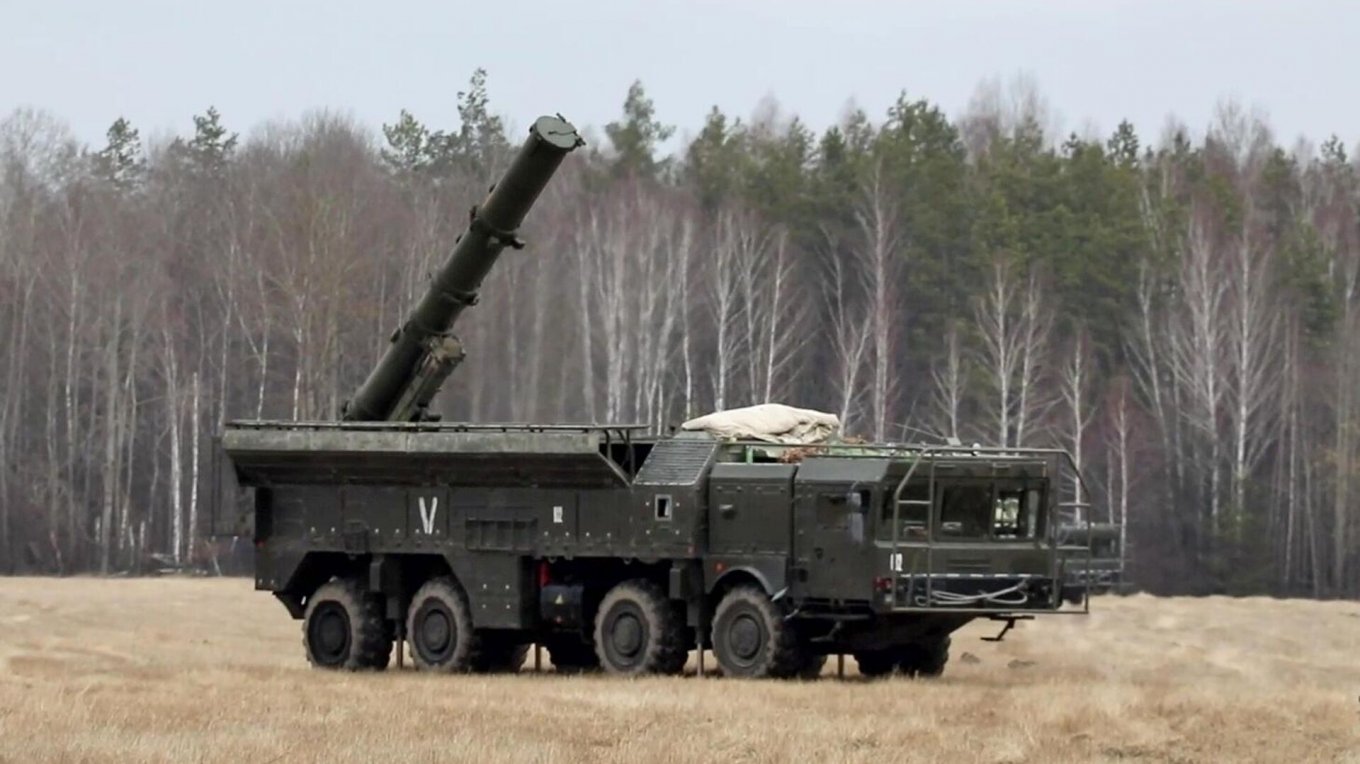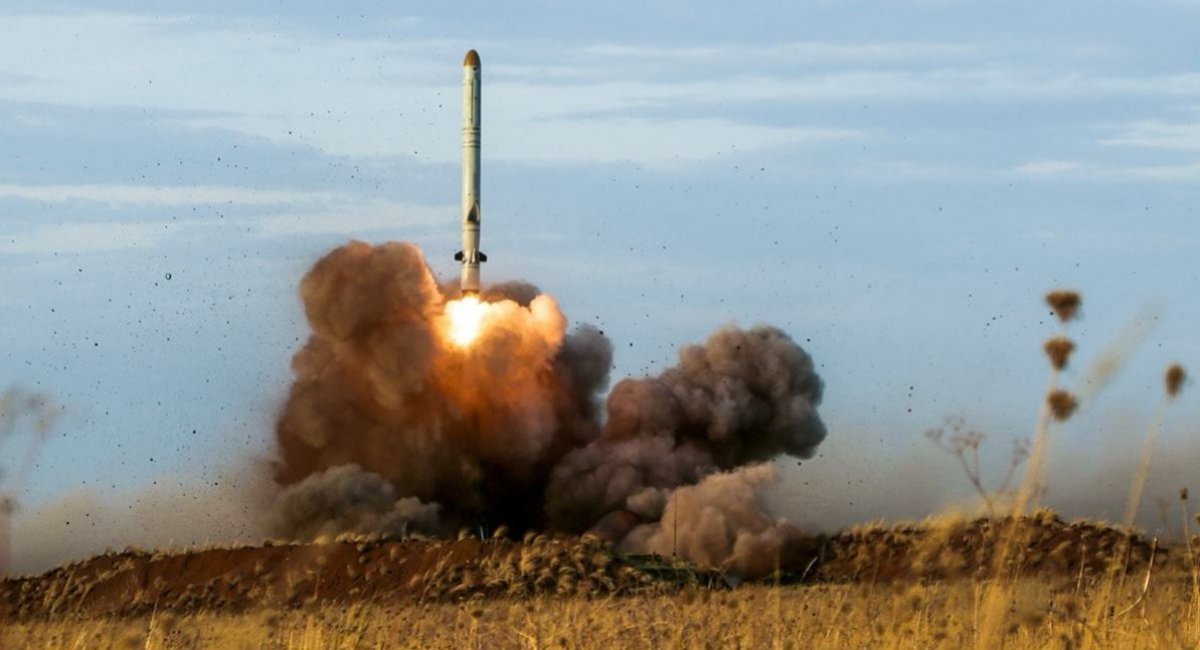The russian army on the night of October 28 once again attempted to attack Ukraine with ground-based cruise missiles, the R-500 from the Iskander-K Operational-Tactical Missile System.
According to Ukraine's Air Force Command, a total of four such missiles were launched, of which three were intercepted. The fourth enemy projectile also failed to reach the target.
Read more: Ukrainian Intel Reveals russian Monthly Missile Production Plans: Six Times More Iskanders and Other Details
The relevant statement was made by the Air Force of the Armed Forces of Ukraine on Telegram.
Around 01:00 a.m., October 28, 2023, russian invaders fired four Iskander-K missiles at the Dnipropetrovsk region. The missile attack was launched from the temporarily occupied Crimea’s Dzhankoi.
For over a month now, the enemy has been using only the R-500 from the Iskander-K Operational-Tactical Missile System for strikes, apparently stockpiling air and sea-launched cruise missiles. The latest launches of Kalibr missiles were recorded on September 25, when 11 out of 12 missiles were intercepted, and Kh-555/101 on September 21, when 36 out of 43 were intercepted.

As Defense Express reported earlier, the russian army has deployed along the state border of Ukraine 46 launchers of the Iskander mobile short-range ballistic missile system, which are used to strike out Ukraine with both ballistic missiles and R-500 cruise missiles, aka Iskander-K.

Earlier we discussed that russia managed to pile up long-range missiles before an anticipated repeat of last year's shelling campaign against Ukrainian critical infrastructure, with massive blackouts and heat supply disruption in autumn and winter as a result of a continuous barrage of standoff weapons.
Read more: How Many Iskander-M Ballistic Missiles Could Be Piled Up by russia to Strike Ukraine in Winter














